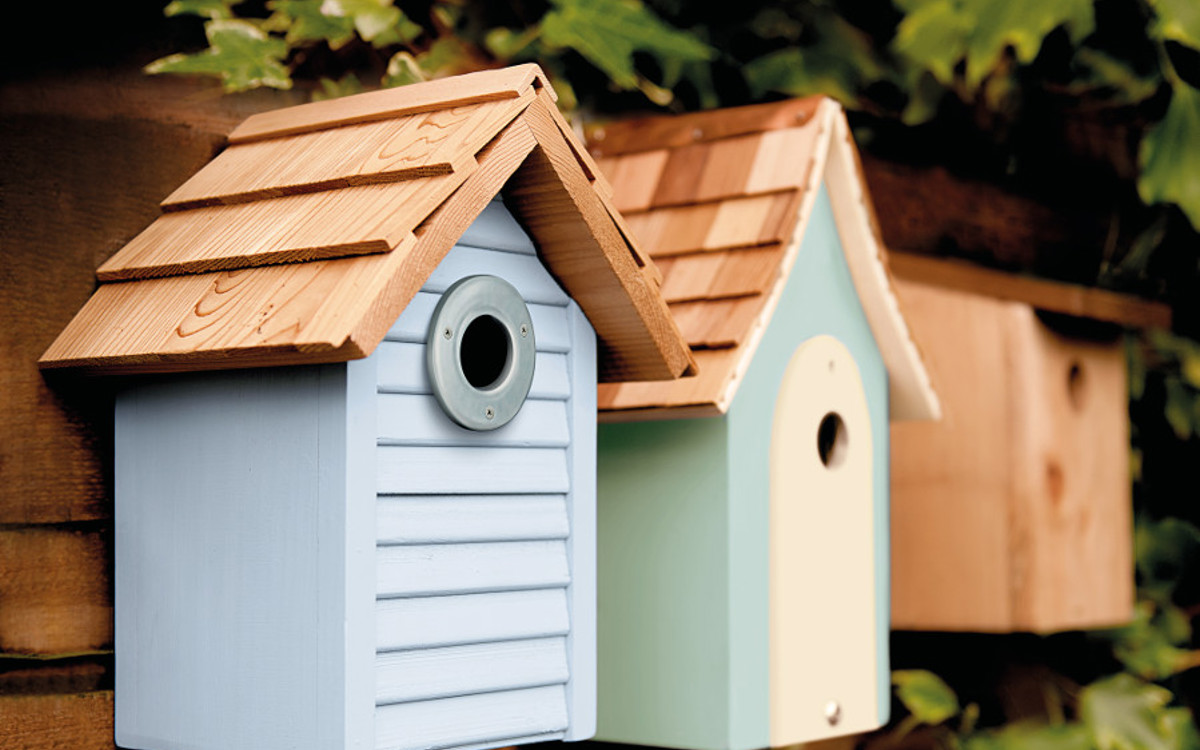
Whilst numbers have sadly declined over the years, there are still plenty of opportunities to attract our feathered friends wherever you may be in the city.
Whilst numbers have sadly declined over the years, there are still plenty of opportunities to attract our feathered friends wherever you may be in the city. In fact, after a bit of research, it sounds like it may even be easy to attract birds to your garden, however small or close it is to a city. The variety of species will increase with the size of your garden, how generally bird-friendly it is, and its proximity to the countryside or well-wooded parks, but they will visit.
Food, a home and security - the basics of life will bring the birds to your garden. The key thing is to meet the needs of your birds all year round and to accommodate the changing requirements of both local residents and seasonal visitors. So, feeding the birds is the quickest and easiest way to invite birds into your garden or onto your balcony. They're creatures of habit, so don’t be disheartened if your brand-new feeders don’t attract visitors straight away, you'll need to be patient. Click here for an RSPB guide to opening a bird cafe.

Consider the placement of your bird table or feeders are in the right place. Make sure they're not too far from trees or bushes so birds can make a short flight to safety, but not too close either – predators like cats can use low shrubbery as cover before launching an attack.

Learn what your visitors like to eat, choosing the right food is important. Some birds are picky eaters, while others are much less choosy. Identify your garden birds so you can tailor your bird food menu.
If you’re putting out food for your garden birds, it’s crucial to keep feeders, baths and tables clean. Birds can catch diseases from each other, but you can help reduce the risk by cleaning up and making sure there aren’t too many leftovers!

It’s not all about food – water is important, even in cold weather. And birds love somewhere to bathe, it may look a bit chilly to us in winter, but bathing is essential for birds to keep their feathers in top condition and it’s nice to watch them splashing around.
If you can, make your garden a desirable home for birds going into Spring by providing what they need for the breeding season. For some species, that can mean cosy nesting boxes, for others a thick shrub or tree to build a nest in.
Bird-friendly plants can also offer lots of natural food. Trees or shrubs that have fruit or berries can attract local and visiting species.
Insect-friendly plants are good for birds too. Many birds eat insects, and they’re in especially high demand during the spring and summer months when many birds feed insects to their chicks. You also get to enjoy watching bees, butterflies, moths and hoverflies, you can even grow them in pots and planters.
Be a wildlife-friendly gardener and avoid using pesticides. If you're truly green-fingered it’s often possible to avoid artificial chemicals and the effects they have on our wildlife.